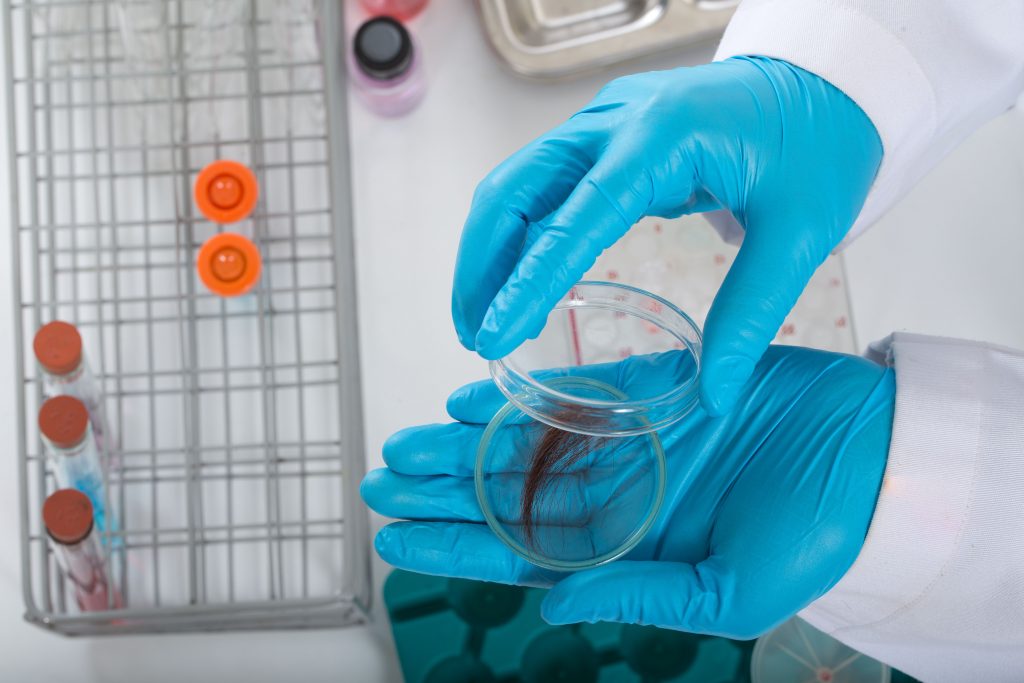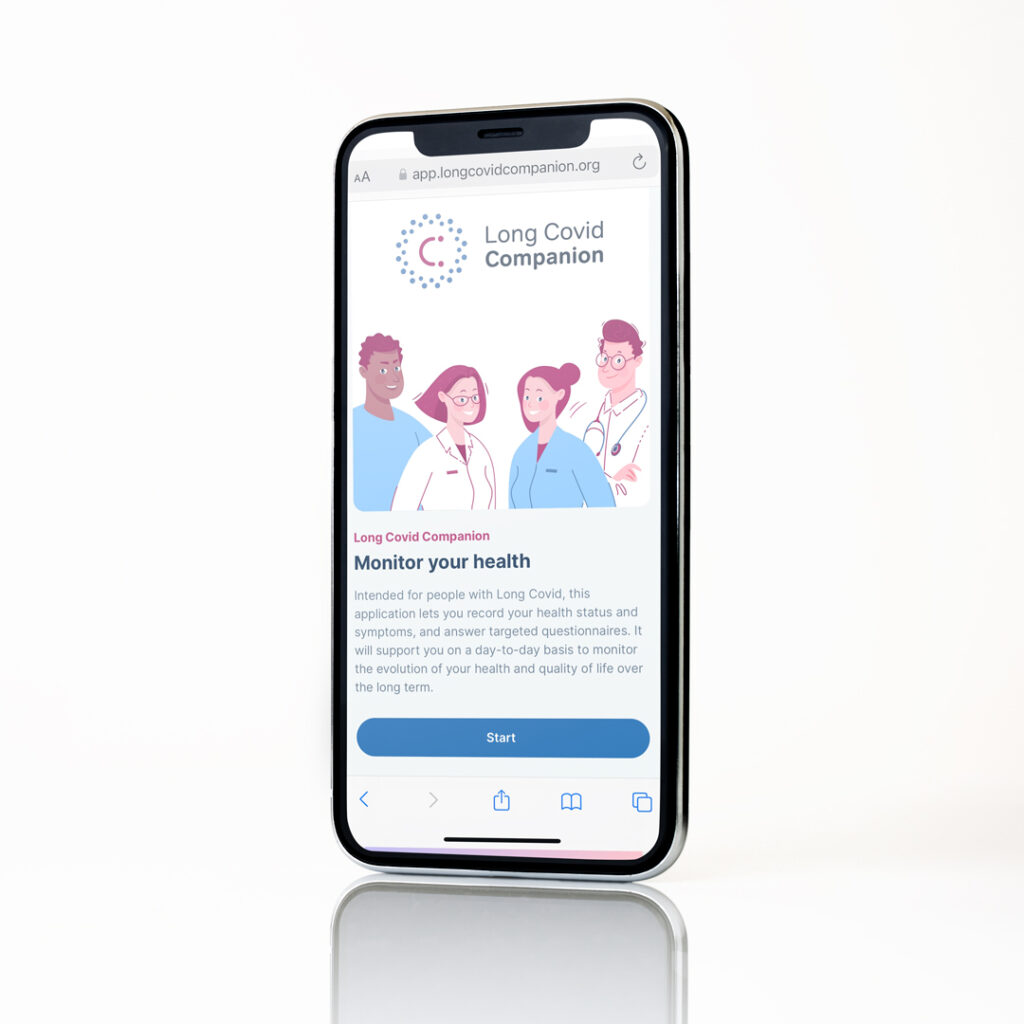- Domaines || de recherche
- Recherche Translationnelle
- Médecine translationnelle transversale (MTT)
- Centre opérationnel de médecine translationnelle (TMOH)
- Service Gestion de projets cliniques (CPMO)
- Centre d'investigation clinique & épidémiologique
- Centre de recherche clinique & translationnelle du Luxembourg (LCTR)
- Biobanque intégrée du Luxembourg (IBBL)
- Plateforme de modélisation & de dépistage des maladies (DMSP)
- Centre du génome Luxgen
- Plateforme de recherche en pathologie (RPP)
- Projets de Recherche
et essais cliniquesSoutenez-nous - Recherche Translationnelle
Communiqué de presse
Exposure to pollutants – what can the hair of children in Luxembourg tell us?
18 novembre 2020
3minutes
- les troubles immunologiques
- Unité de Recherche sur la Biosurveillance Humaine
- Département Santé de Précision

Launch of a study on the exposure to pollutants of children living in Luxembourg.
The Human Biomonitoring (HBRU) research unit of the Luxembourg Institute of Health (LIH), specialised in the evaluation of human exposure to pollutants, is able to detect, from a lock of hair, the exposure of the body to toxic substances present in the environment. The unit is launching today, in partnership with the University of Luxembourg and with the support of the Kriibskrank Kanner Foundation, a study with the objective of assessing the exposure to pollutants of children residing in Luxembourg.
While some substances such as Bisphenol A are well known for their effects on hormonal balance, there is growing evidence that exposure to pollutants is also associated with chronic diseases such as cancer, infertility, metabolic or neurological disorders. Recent data also suggests that childhood represents a particularly vulnerable period during which exposure to pollutants that can act as endocrine disruptors could lead to short-term ailments as well as illnesses later on in the adult life.
The technique developed by the laboratory opens up exceptional perspectives for the study of cause and effect links between exposure to pollutants and health disorders. In this context, the « Siblings » study was launched, led by the team of Dr Brice Appenzeller. Based on hair analysis, the project aims to assess exposure to various pollutants, including pesticides and other endocrine disruptors, in several populations of children from different geographic areas, including Luxembourg.
“The advantage of hair analysis,” says Dr. Brice Appenzeller, head of HBRU, “is that it covers a period of time ranging from several weeks to several months and therefore highlights chronic exposure, while a urine or blood test only corresponds to a few hours preceding the sampling”. The hair thus constitutes a true « biomonitoring » matrix, where one centimetre of hair contains information for a month of exposure.
The results, communicated in aggregate form and expected within 18 to 24 months, will be used to highlight the differences in exposure between the different areas, but also between the children in each area. They can help identify unsuspected sources of exposure and will document public databases focused on biosurveillance by creating reference values for exposure to pollutants.
The study aims to collect 200 hair samples from children aged 1 to 12 years old living in Luxembourg. The sample can be taken at home using a sample kit received by the participants.
Recruitment will take place via LIH’s social networks (Facebook, Instagram). Interested parties are invited to consult the LIH’s Facebook and Instagram accounts.
ABOUT THE LUXEMBOURG INSTITUTE OF HEALTH: RESEARCH DEDICATED TO LIFE
The Luxembourg Institute of Health (LIH) is a public research organization at the forefront of biomedical sciences. With its strong expertise in population health, oncology, infection and immunity as well as storage and handling of biological samples, its research activities impact on people’s health. At LIH, devoted scientists investigate disease mechanisms to develop new diagnostics, innovative therapies and effective tools to implement personalized medicine.







